Global Industrial Robot 2019 Report
IFR predicts that industrial robot shipments in 2019 will fall from record levels in 2018, but it is expected that with continued automation and technological improvements, double-digit growth will occur from 2020 to 2022 - average annual growth 12% is expected to reach 584,000 in 2022.
1. The world's five major industrial robot markets
Asia is currently the world's largest market for industrial robots. In 2018, the growth of the three major markets in the region was mixed: the number of installations in China and South Korea declined, while Japan increased significantly. In general, Asia has increased by 1%; in the second largest market, installations in Europe have increased by 14%, reaching a new high for the sixth consecutive year; in the Americas, the growth rate is 20% higher than the previous year, which is the sixth consecutive year. Set a new record in the year.
In 2018, China, Japan, South Korea, the United States and Germany accounted for 74% of the global installed base of industrial robots.
China remains the world's largest market for industrial robots, accounting for 36% of total installed capacity. In 2018, the installed capacity was about 154,000 units. This is a 1% reduction from the previous year, but it exceeds the total number of robot installations installed in Europe and the Americas. The installed value reached $5.4 billion, an increase of 21% over 2017.
The share of Chinese robot suppliers in total domestic market installed capacity increased from 22% in 2017 to 27% in 2018, an increase of 5 percentage points. This data is in line with China's policy to promote the development of domestic manufacturers; on the other hand, the installation of foreign robot suppliers (including equipment produced by non-Chinese suppliers in China) has decreased by 7%, about 113,000 units (approximately 2017) 12.2 million units). This reduction is also due to the weakness of the automotive industry.
Japanese robot sales increased by 21% to 55,000 units, the highest in the country's history. For an already highly automated industrial production market, the average annual growth rate of 17% since 2013 is staggering. Japan is currently the world's largest manufacturer of industrial robots, delivering 52% of global supply in 2018.
The installed base of robots in the United States has grown for the eighth consecutive year, with an installed capacity of approximately 40,300 units in 2018, reaching a new peak. This is 22% higher than 2017. Since 2010, growth in all manufacturing industries in the United States has been driven by automated production to enhance the industrial strength of the US domestic and global markets.
In 2018, the number of robots installed in Korea was about 38,000 units, a drop of 5%. This is mainly due to the country’s tough experience in the electronics industry to a large extent. However, since 2013, the installed volume has achieved an average annual growth of 12%.
Germany is the fifth largest robot market in the world, ranking first in Europe, followed by Italy and France. In 2018, robot sales increased by 26% to nearly 27,000 units, a record high. The installation volume is mainly driven by the automotive industry.
From the perspective of the density of industrial robots (the number of robots per 10,000 manufacturing employees), Singapore has reached 831 units, the highest in the world, followed by South Korea (774 units) and Germany (338 units). The density of industrial robots in China is 140, which is higher than the average level in all regions of the world.
2. The main application industry of industrial robots
Automobile industry
The automotive industry remains the world's largest robotics industry, accounting for approximately 30% of total supply in 2018. This level was maintained after a very strong 2017 year with a 21% increase in installed capacity and a slight increase of 2% in 2018.
The investment in new car production capacity and modernization has driven the demand for robots in the industry. The investment was driven by the use of new materials, the development of energy-efficient drive systems and fierce competition in all major automotive markets. At present, 79% of the automotive industry robot installations are distributed in five major markets: China (393,51 units), Japan (17,346 units), Germany (15,673 units), the United States (15,246 units) and South Korea (11034 units). According to OICA, as the world's fourth-largest auto producer, India's auto industry has installed about 2,100 industrial robots.
Electrical/electronic industry
In 2017, the electrical/electronics industry will replace the automotive industry and become the most important application industry for industrial robots. However, in 2018, the global decline in demand for electronic equipment and components has had an impact on this trend. The industry may be the industry most affected by the US-China trade crisis, as Asian countries are leaders in the manufacture of electronic products and components.
The number of robotic installations in the electrical/electronics industry dropped from a maximum of 122,000 units in 2017 to 105,000 units in 2018, a drop of 14%. 79% of the industry's total installed capacity is distributed in three major countries: China (43%), South Korea (19%), and Japan (17%). Driven by several major projects (7080 units), Vietnam achieved a one-time increase in installed capacity in 2017, but fell back in 2018 (689 units).
Metal and machinery industry
The metal and machinery industries have become the third largest application industry for industrial robots. In 2018, installations accounted for 10% of total demand. In recent years, manufacturers of metal products (excluding automotive parts) and industrial machinery manufacturers have purchased a large number of robots. In 2018, the installed capacity increased to approximately 43,500 units, a decrease of 1% from the record year of 2017 (44,191 units). The industry's largest installation markets are in Finland (44%), Sweden (42%), Switzerland (40%), Belgium (30%), Austria (27%), Italy (26%) and Denmark (21%).
3. Collaborative robot share is low, but grows faster
For the first time, the report analyzes the collaborative industrial robot market. The report believes that although the collaborative robots have received strong media attention, the number of installations is still very low, accounting for only 3.24%, which is a niche market in the entire market.
In 2018, of the total installed capacity of 42.2 industrial robots, less than 14,000 were cooperative robots. But data shows that from 11100 in 2017 to 14,000 in 2018, the growth rate of collaborative robots has reached 23%.
Related articles
-

What are the errors in industrial robots and what calibration needs to be done?
The vast majority of modern robots are model-based controls, and there are errors in the place where the model is located, so how much error is needed to compensate / calibrate depends on what model you use.
-

An Analysis of the Current Advantages and Disadvantages of Industrial
Industrial robots and people compared with a stable quality, long work, to adapt to dangerous and dirty work, etc., and this article from the technical point of view to analyze the current stage of th
-
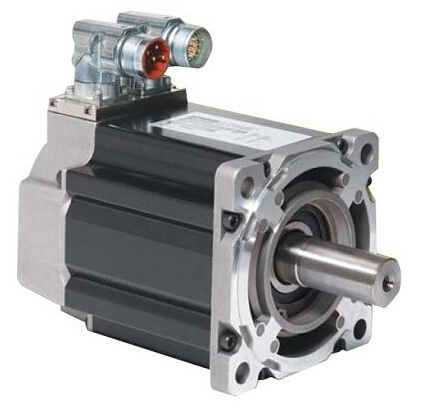
Industrial robots lack of core components seek servo motor opportunities
China's robot industry is in a period of great change and needs rapid innovation and integration. As a high and new technology, robotics is an important support measure to promote industrial developme
-
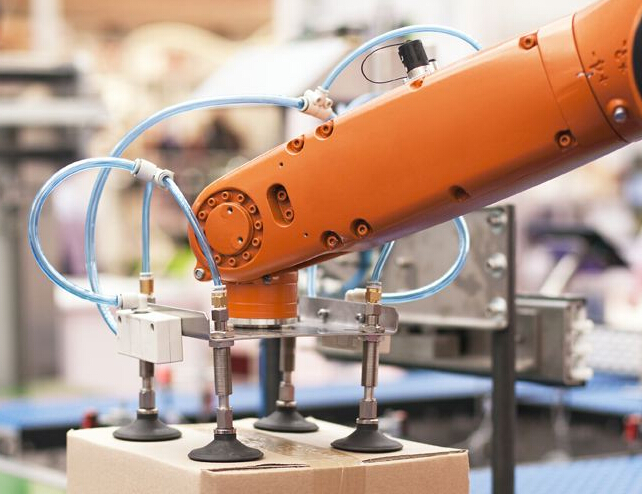
How to integrate industrial robots with CNC machine tools?
With the transformation and upgrading of China's equipment manufacturing industry, in the dual role of market demand and technological progress, the integration of industrial robots and CNC machine to
-
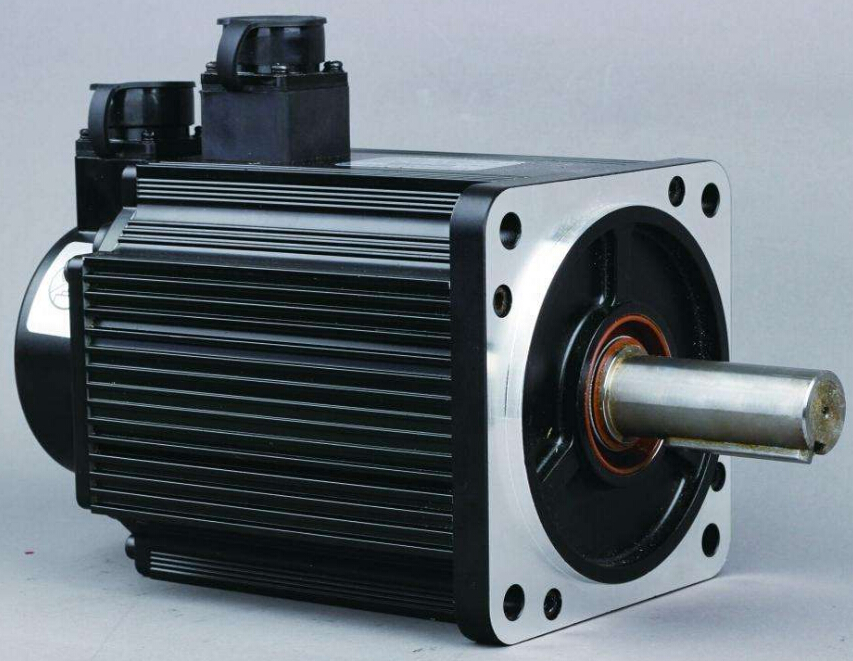
Servo Motors Seek to Break Through
China's robotics industry is in an era of great transformation, and it needs rapid innovation and integration. As a high-tech, robotics is an important support method to promote the development of the
-
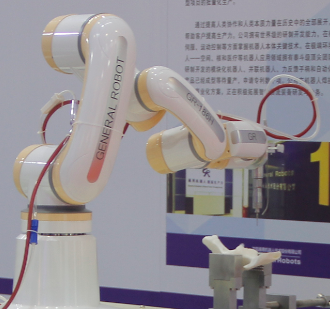
Global industrial robots soar, why the UK fell!
In recent years, the labor cost of manufacturing has been rising, and the individualized demand has put forward new requirements for the production line. Modern manufacturing not only needs to find wa
-
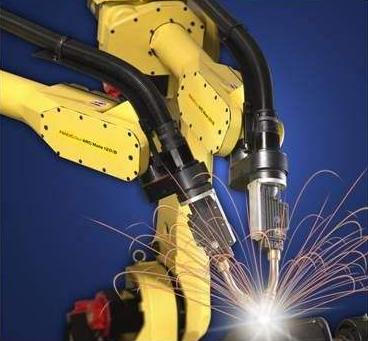
Intelligent manufacturing air outlets are frequent, industrial robots become a force point
Enterprises should speed up the layout of artificial intelligence. Large-scale commercial application can be expectedEmpowering the real economy has become the new mission of the development of a new
-
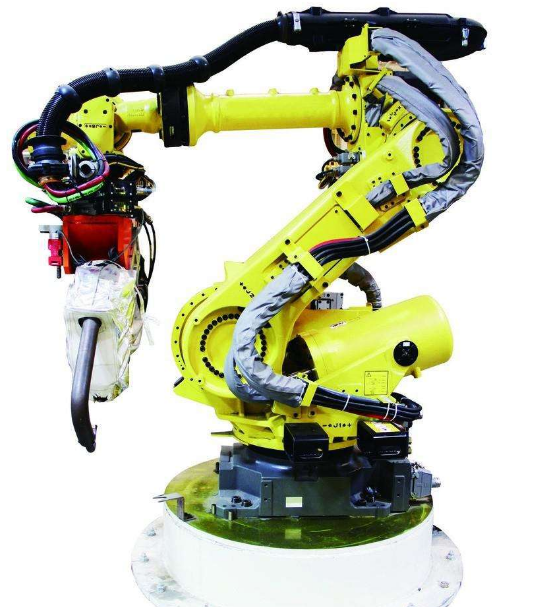
About industrial robots: these five aspects of knowledge and technology must be understood
1. Industrial robot control system hardware structureThe controller is the core of the robot system, and foreign companies implement strict sealing locks on China. In recent years, with the developmen
















 RCCN WeChat QrCode
RCCN WeChat QrCode Mobile WebSite
Mobile WebSite